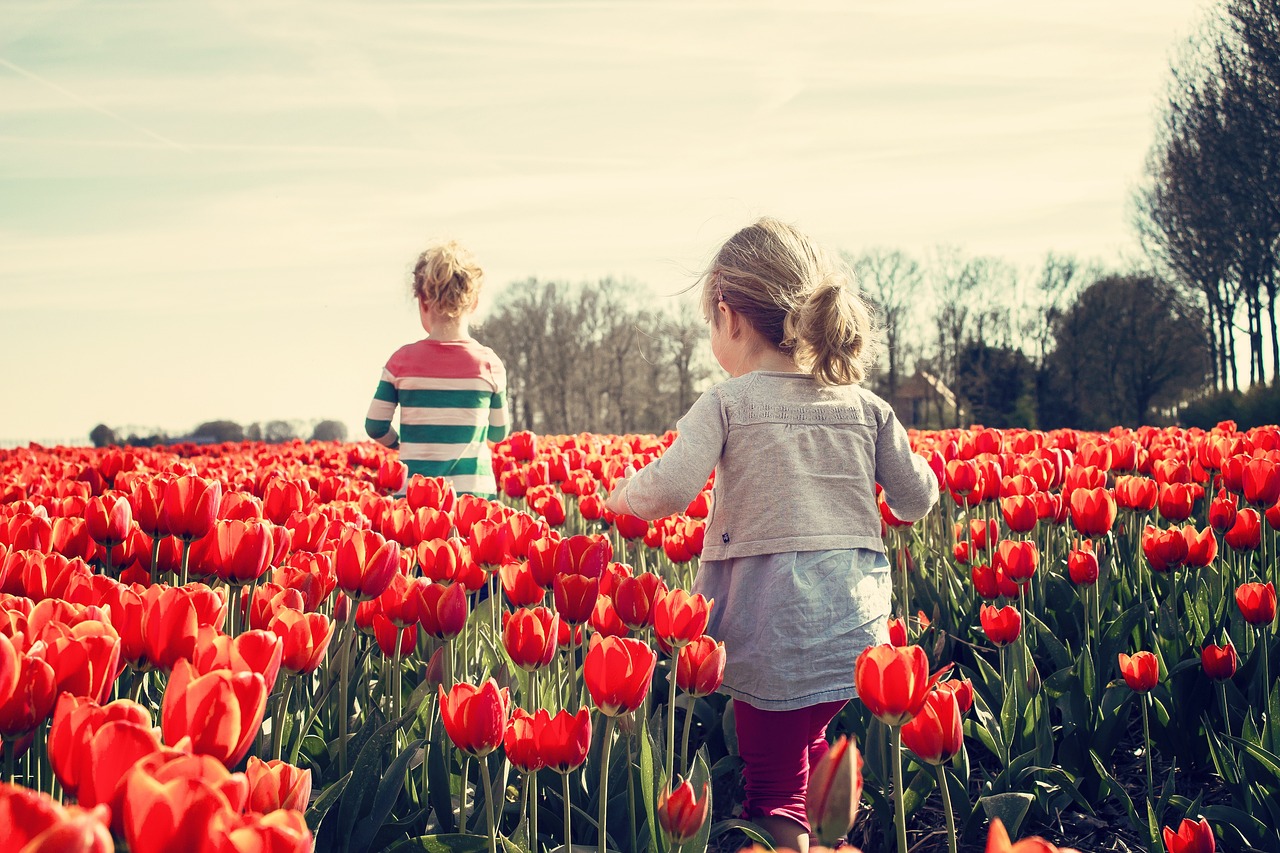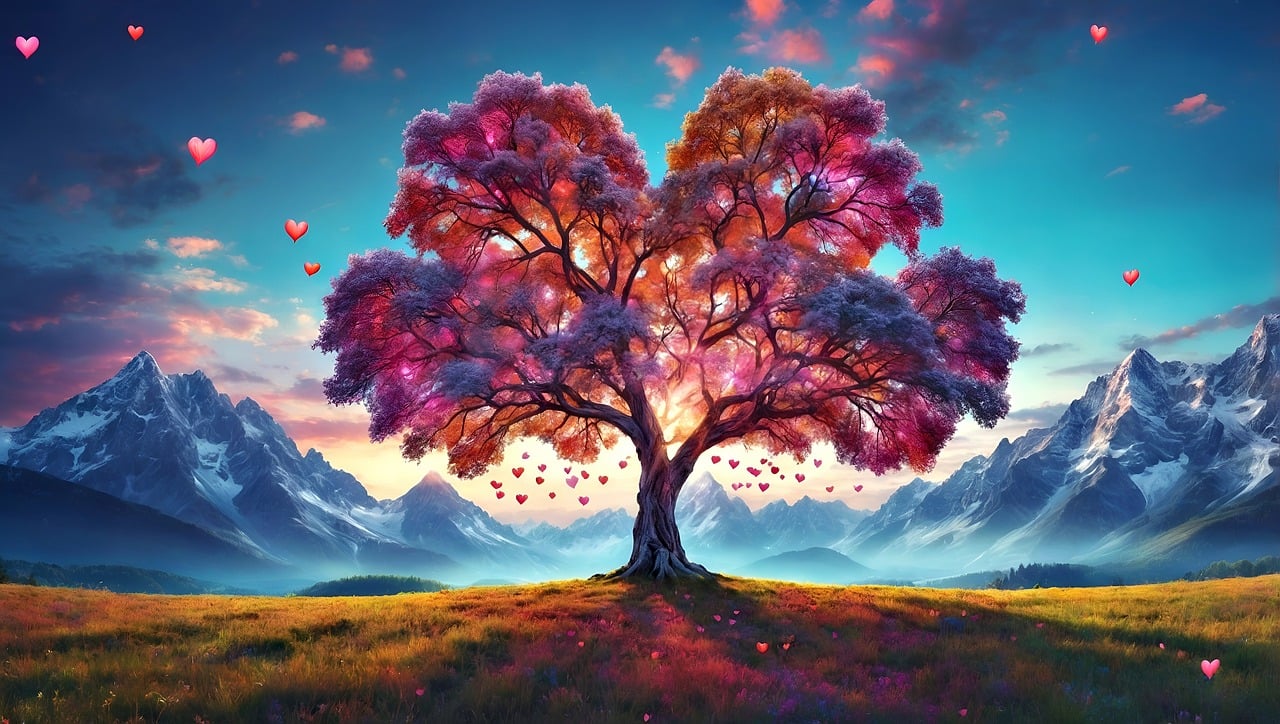Are Rainbow and Indigo Children the Same?

Before diving in, please note: This post is for informational purposes only. If you’d like to know more about how we approach topics, feel free to check out our friendly Disclaimer Page.
Hey there, amazing readers! 🖐️ Just a quick note: yes, we know there are a lot of ads here. Trust us, we get it—it’s not the prettiest look, but they help us keep this blog alive and kicking. Those pesky little ads cover the costs of all the behind-the-scenes magic, from hosting and tech stuff to creating content we hope you’ll love.
We’re committed to delivering quality posts, and your support (even just sticking around despite the ads) means everything to us. So, bear with us, and thanks for helping us keep the good vibes rolling. Now, on to the fun stuff! 😉
TRANSLATE BUTTON AT THE END OF THE ARTICLE
In the realm of metaphysical and spiritual discussions, the concepts of Rainbow and Indigo children have gained significant attention.
These terms are often used to describe a generation of individuals believed to possess unique and extraordinary characteristics.
While both Rainbow and Indigo children are associated with special qualities, they are not exactly the same.
In this comprehensive exploration, we will delve deep into the characteristics, origins, and beliefs surrounding Rainbow and Indigo children, shedding light on whether they are indeed the same or distinct entities.
Understanding the Origins
Rainbow Children
Rainbow children are often considered the next stage in human evolution, believed to be incarnating on Earth with a purpose to bring about positive change and healing.
The term “Rainbow children” was popularized by Nancy Ann Tappe, a spiritual teacher, and author, in her book “Understanding Your Life Through Color.” Tappe described these children as having auras that are predominantly composed of pastel colors, with a strong emphasis on the color indigo.
Indigo Children
Indigo children, on the other hand, were first introduced by Nancy Ann Tappe in her book, “Understanding Your Life Through Color.” She identified these children as having a predominant indigo-colored aura, which is often associated with traits like heightened intuition, sensitivity, and a strong sense of purpose.
This concept was later popularized by Lee Carroll and Jan Tober in their book, “The Indigo Children: The New Kids Have Arrived.”
Distinguishing Characteristics
Rainbow Children
Aura Colors: Rainbow children are associated with a wide spectrum of pastel colors, which is believed to signify their harmonious and balanced energy.
Empathy and Compassion: These children are often described as exceptionally empathetic and compassionate, with a deep understanding of human emotions and the ability to bring healing energy to those in need.
Non-Judgmental Nature: Rainbow children are believed to be non-judgmental and accepting of others, embracing diversity and promoting unity.
Artistic and Creative Abilities: Many Rainbow children display remarkable artistic and creative talents, expressing themselves through various forms of art.
Strong Connection to Nature: These children often exhibit a profound connection to the natural world and a strong desire to protect the environment.
Indigo Children
Aura Color: Indigo children are recognized by their deep indigo-colored aura, which symbolizes a strong sense of purpose and a mission to challenge the status quo.
High Sensitivity and Intuition: Indigo children are known for their heightened sensitivity, intuition, and a strong inner knowing.
They may possess psychic abilities and a deep understanding of spiritual concepts.
Rebels with a Cause: Indigo children are often considered rebels who question authority and societal norms.
They have a strong desire to create positive change and challenge outdated systems.
Warriors of Truth: These children are often seen as warriors of truth, standing up against injustice and advocating for authenticity and honesty.
Talent and Intelligence: Many Indigo children display exceptional talents and intelligence in various fields, including the arts, sciences, and spirituality.
Are They the Same or Different?
While Rainbow and Indigo children share some common traits, such as heightened sensitivity and a desire for positive change, they are distinct concepts with unique characteristics.
Rainbow children are known for their compassionate and non-judgmental nature, while Indigo children are often recognized as truth-seekers and rebels.
The key difference lies in the predominant aura colors associated with each group – pastel colors for Rainbows and indigo for Indigos.
It’s important to note that the idea of Rainbow and Indigo children is highly metaphysical and spiritual in nature, and belief in these concepts varies widely among individuals.
Some see them as separate groups, while others consider them part of a larger spectrum of spiritually gifted children.
Exploring the Controversy
The concept of Rainbow and Indigo children has sparked controversy and skepticism in many circles.
Critics argue that these labels can be overly broad and vague, potentially leading to misconceptions and misunderstandings about children’s behavior and development.
Others see these ideas as a form of pseudoscience with no scientific basis.
Proponents, on the other hand, believe that recognizing and understanding these unique qualities can be a powerful tool for supporting and nurturing these children, helping them realize their full potential.
Supporting and Nurturing These Unique Children
For Rainbow Children
Embrace Their Sensitivity: Rainbow children thrive in environments that celebrate sensitivity and emotional awareness.
Encourage them to express their feelings and offer a safe space for their emotions.
Foster Creativity: Provide opportunities for artistic expression and creativity.
Art, music, and nature-based activities can be particularly beneficial for Rainbow children.
Teach Compassion and Acceptance: Help Rainbow children understand the value of compassion and acceptance for all beings.
Teach them the importance of diversity and unity.
Connect with Nature: Spend time in nature with Rainbow children, as they often have a deep connection to the natural world.
Encourage environmental awareness and conservation efforts.
For Indigo Children
Respect Their Independence: Indigo children have a strong sense of purpose and independence.
Support their ability to question the status quo and guide them in using their rebellious spirit for positive change.
Encourage Self-Expression: Provide opportunities for Indigo children to express themselves through art, writing, or other creative outlets.
Encourage them to share their unique perspectives with the world.
Teach Integrity and Honesty: Emphasize the importance of integrity, honesty, and standing up for what they believe in.
Indigo children often have a strong moral compass.
Mentorship and Guidance: Seek guidance from professionals who understand the unique needs of Indigo children.
Mentoring and support can help them navigate their path effectively.
Conclusion
In conclusion, Rainbow and Indigo children are not the same, although they share certain common characteristics associated with their unique aura colors.
Rainbow children are known for their empathetic and creative nature, while Indigo children are often seen as truth-seekers and rebels with a strong sense of purpose.
It’s important to approach these concepts with an open mind and an understanding that they exist within the realm of metaphysical and spiritual beliefs.
Regardless of one’s beliefs, supporting and nurturing the unique qualities of these children can be a rewarding endeavor, helping them to fulfill their potential and contribute positively to the world.
Frequently Asked Questions
1.
Are Rainbow and Indigo children real, or are they just a New Age concept?
Rainbow and Indigo children are concepts that exist within the realm of New Age and metaphysical beliefs.
There is no scientific evidence to prove their existence, so their reality is a matter of personal belief.
2.
Can a child be both a Rainbow and an Indigo child?
Some individuals believe that a child can exhibit characteristics of both Rainbow and Indigo children, suggesting that these concepts exist on a spectrum.
However, others see them as distinct groups with different predominant traits.
3.
How can I determine if my child is a Rainbow or Indigo child?
Determining if your child is a Rainbow or Indigo child is based on their characteristics and behaviors, as described in this article.
Keep in mind that these concepts are not universally accepted, and it’s essential to
consult with experts and professionals for guidance.
4.
Are there any specific challenges associated with raising Rainbow or Indigo children?
Raising Rainbow and Indigo children can come with unique challenges, such as addressing their heightened sensitivity or supporting their desire for positive change.
Seeking guidance from experts in child development and spirituality can be helpful.
5.
What should I do if I suspect my child is a Rainbow or Indigo child?
If you suspect that your child exhibits traits associated with Rainbow or Indigo children, it’s essential to provide a supportive and nurturing environment that respects their unique qualities.
Seek advice from professionals who can offer guidance on how to best support your child’s development.
6.
How can I learn more about Rainbow and Indigo children?
To learn more about Rainbow and Indigo children, you can explore books, online resources, and forums dedicated to these topics.
Additionally, attending workshops or seminars on metaphysical and spiritual subjects may provide valuable insights.
7.
Can children evolve from Rainbow to Indigo or vice versa?
Some belief systems suggest that children can evolve from one category to another as they grow and develop.
However, these ideas are not universally accepted, and individual experiences may vary.

The Enlightenment Journey is a remarkable collection of writings authored by a distinguished group of experts in the fields of spirituality, new age, and esoteric knowledge.
This anthology features a diverse assembly of well-experienced authors who bring their profound insights and credible perspectives to the forefront.
Each contributor possesses a wealth of knowledge and wisdom, making them authorities in their respective domains.
Together, they offer readers a transformative journey into the realms of spiritual growth, self-discovery, and esoteric enlightenment.
The Enlightenment Journey is a testament to the collective expertise of these luminaries, providing readers with a rich tapestry of ideas and information to illuminate their spiritual path.
Our Diverse Expertise 🌟
While our primary focus is on spirituality and esotericism, we are equally passionate about exploring a wide range of other topics and niches 🌍📚. Our experienced team is dedicated to delivering high-quality, informative content across various subjects ✨.
To ensure we provide the most accurate and valuable insights, we collaborate with trusted experts in their respective domains 🧑🏫👩🏫. This allows us to offer well-rounded perspectives and knowledge to our readers.
Our blog originally focused on spirituality and metaphysics, but we’ve since expanded to cover a wide range of niches. Don’t worry—we continue to publish a lot of articles on spirituality! Frequently visit our blog to explore our diverse content and stay tuned for more insightful reads.





